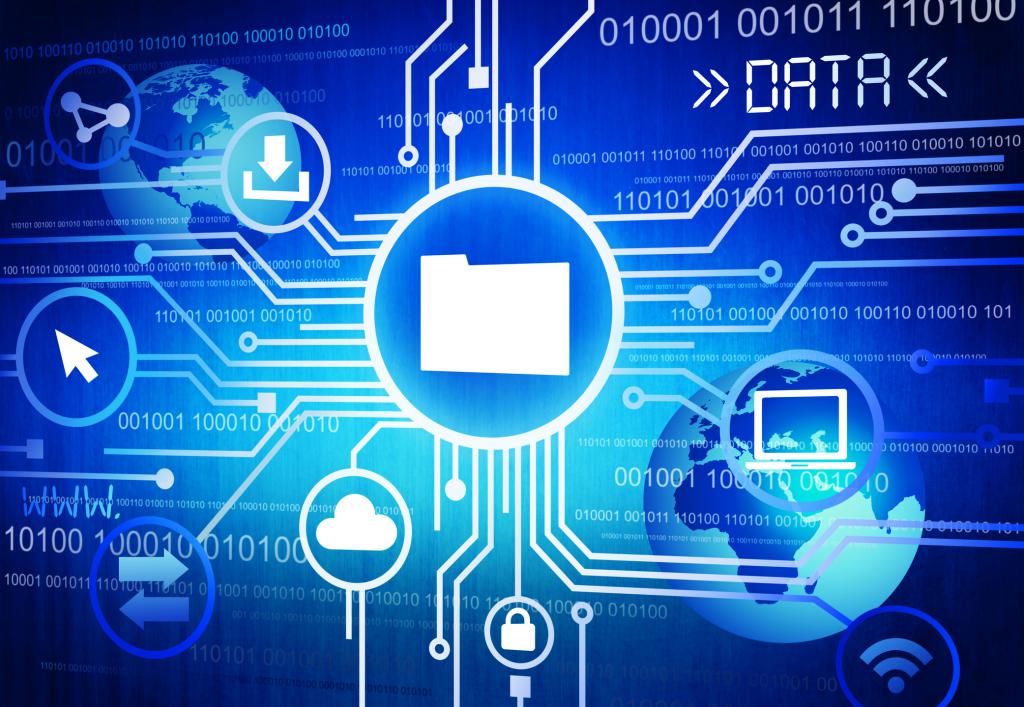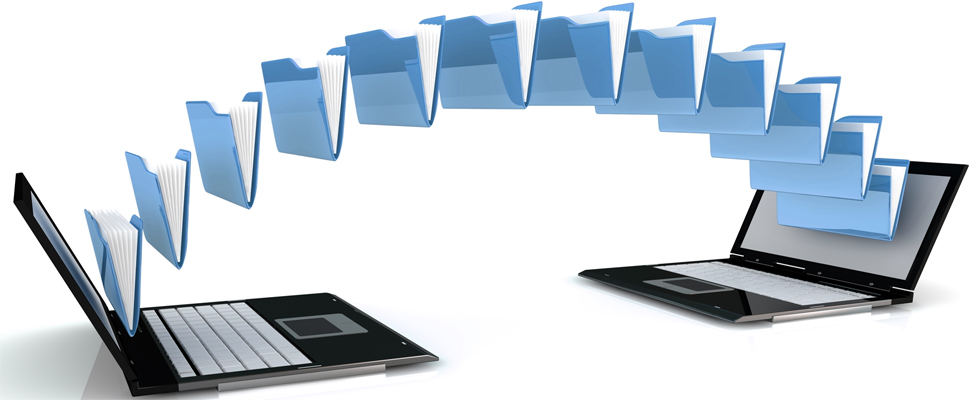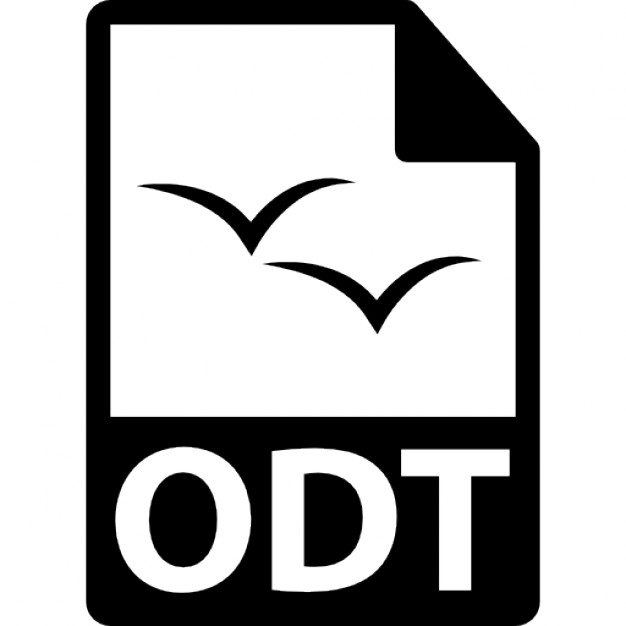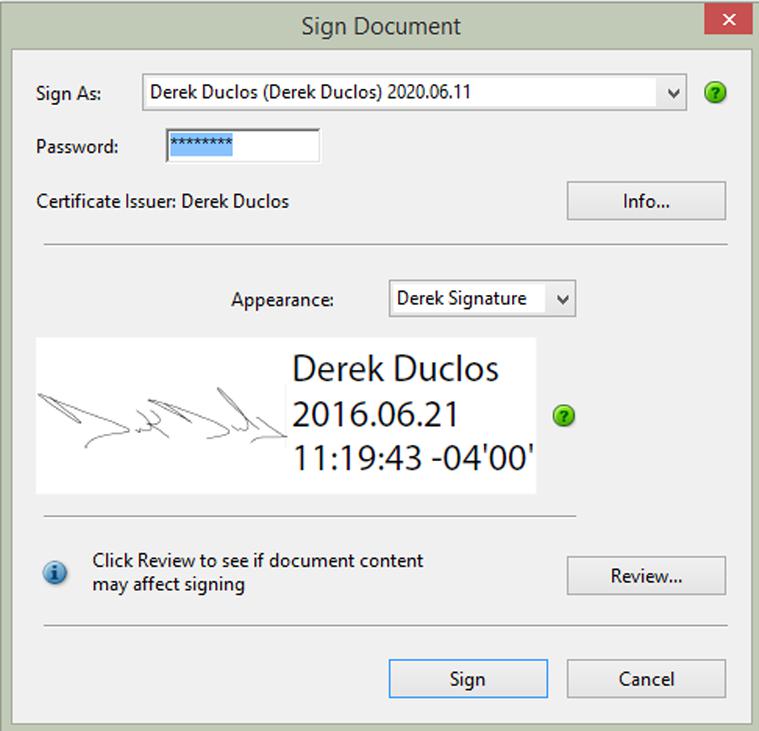In our time, paperwork (document management) is gradually moving from a paper form to a digital one. In this regard, every modern educated person should have an idea of the concept of "electronic document" and the features of its application. Let us examine this phenomenon in more detail, and also find out what EDS is.
What is called a document
Before considering the concept and structure of an "electronic document", it is worth recalling its paper predecessor.
In a broad sense, this is the name of the object of the material world, in which information is contained in a fixed form.

In a narrower sense, a document is a medium of information confirming significant facts, presented in various forms (text, image, sound or video recording, as well as their combinations). It is designed to store and transmit data in time and space.
Each document has certain details with which it can be identified.
If such a medium contains false information or when it was created, the established legislative norms were violated, it is called false (fake) and has no legal force.
The set of carriers of reliable information is called documentation. It is formed on the basis of their focus on a specific issue, phenomenon, process, person, institution, etc. The very process of creating / designing such media is called documentation. Engaged in it, it is imperative to take into account the norms of current legislation, as well as comply with national rules for compilation. Also do not forget about the competence of the compiler. So, the principal has the right to endorse a certificate of maturity, but he cannot sign a university diploma. More precisely, it can, but such a document will not have legal force.
Another important concept in this topic is "paperwork." This is a set of works on documenting the managerial activity of an object and on organizing in it the movement of the aforementioned information carriers.
In different historical periods, this process was carried out on different materials. These were clay tablets, stone, papyrus, leather, wood, birch bark, etc. Gradually, they were all replaced by paper.
By the type of carrier material today are distinguished:
- traditional paperwork (paper);
- mixed (paper + electronic computing devices);
- electronic (digital).
Depending on their content and purpose, documents can perform a number of functions:
- Legal.
- Managerial.
- Social.
- Cultural.
- Historical.
- Informational.
- Communicative.
The development of the concept of "electronic document"
Since the invention of computers, mankind has begun to look for a way to switch to paperless documentation. In the USSR already in the seventies of the twentieth century began to think about creating such a model of office work. True, at that time the concept of "electronic document" (ED) did not yet exist. Instead, the name "machine-readable medium" was used.
By the mid-eighties, such a technology had not yet been fully developed. But at that time, the content of the concept of “electronic document” was already spelled out in the legislation. True, then it was also called "machine-readable." In GOST 1984, this was the name of a document suitable for automatic reading of the data contained in it.
With the beginning of widespread computerization in the nineties and two thousandths, this concept gradually acquired its current meaning.
Which document is called "electronic" today
The modern concept of "electronic document" has several ways of interpretation, which are reflected in the legislative framework. However, they are all close in their understanding of the essence of this phenomenon and require the presence of such components:
- digital form of recording;
- storage of data on electronic media with the ability to read and understand by man.
Based on this, a general definition of the concept under consideration can be made.

Electronic document is a document whose information (including details) is recorded in the form of digital data. For example, as a set of characters, sounds, images, or combinations thereof.
An ED can be created, saved, transmitted and transformed using digital means into a visual form understandable to humans.
The advantage of such a document
Like its paper counterpart, ED performs the same set of functions. However, it has a number of properties that make it a more promising data carrier:

- Information recorded in electronic form is easily and quickly edited.
- Such documents can theoretically be stored forever.
- ED technology simplifies, speeds up and reduces the cost of the paperwork process.
- Such documents can be signed and sent remotely, without wasting time on personal meetings.
- You can quickly get the required number of ED instances. Moreover, all of them will have legal force.
Properties of ED. Metadata
The concept of "electronic document" is characterized by three properties:
- Content is its textual, graphic, or sound components.
- Context is information about the relationship of documented data with other ED, physical or legal persons.
- The structure of an electronic document is internal and external. In the first case, we are talking directly about the content of ED. In the second - about the environment in which it exists (storage medium, format of the file itself, etc.)
The concept of "electronic document" is defined by its metadata. This is the name of information about all the properties of ED, as well as its social certainty.
Metadata is an integral part of the storage process of any electronic document. They contain elements of legal, business, organizational and procedural evidence of the integrity of the ED, as well as its authenticity.
Details ED
Another important aspect of the concept of "electronic document" - details. This is a kind of analogue of the data sheet, which contains all the information about creating ED.
These include:
- The name of the electronic document.
- Date and place of compilation, as well as all editions (if any).
- Data on the compiler or compilers of the ED.
- Information about the security level of the document.
- Data that will allow to determine the authenticity, authenticity and reliability of the electronic digital signature of ED.

- Data on the programs required to open this document. It's about its format. Computer piracy is thriving in domestic space today. In this regard, most PC users use unlicensed software and do not always suspect that everyone’s beloved .doc, .xls and .ppt are supported by paid Microsoft Office programs. So in normal conditions you have to pay for using them, and not download the hacked versions. That is why the most used, universal, and most importantly, free ED format today in the world is .odt. Its popularity even made Microsoft embed the ability to read it in its software. Among the main advantages of this format is the combination of the capabilities of such programs as Word, Excel, PowerPoint.
- Digital Signature.
Digital signature
As already mentioned above, one of the most important components of the concept of "electronic document" is requisites. In particular, digital signature, which is translated from English as "digital signature".

This is the name of the way of sighting ED, which is obtained as a result of cryptographic conversion of a set of electronic data.This signature allows you to identify the person who put it, as well as confirm the integrity of the entire document.
Under current law, in most modern countries, EDS is equated to a “wet” signature on paper.
It is important to note the inextricable link between the concept of "electronic document" and digital signature. After all, it is the presence of the second that gives the first legal force.
Each EDS has a personal certified key, which is a unique sequence of digits of 264 bits in size. To get it, you need to contact a specialized company, of which there are quite a lot today. It is worth remembering that an electronic digital signature has a certain expiration date, as well as different levels of security.

When registering an electronic digital signature, the same individual key is recorded on the flash drive of its customer. It works only in tandem with the public key - another program used by second and third parties to authenticate the digital signature in the received documents.
The data is in a digital certificate that contains information about the owner, his registration number (not to be confused with a private key) and the duration of the digital signature.
Using an electronic digital signature, you can remotely submit documents to universities (sometimes even foreign ones), carry out banking transactions, pay taxes and some services of state bodies of municipal organizations.
However, there are a number of cases where an electronic document and a signature on it are not considered legitimate. For example, obtaining a certificate of inheritance or issuing migration documents.
Types of electronic documents
At the moment, there is far from one classification of ED. However, most often such documents are divided into types in the following categories:
- Content type: text, graphic, sound, animation and multimedia ED.
- Level of accessibility: open and hidden. Documents of the first type do not contain anything secret, which is why they are in the public domain and can be read by everyone. This is the technical data of devices or the composition of products, licensing agreements, price lists, etc. Hidden EDs can only be read by a certain narrow circle of people. Usually they contain information representing commercial or even state secrets. This can be a map of the location of secret military units, drawings of a patented device or the composition of the drug, data on the bank account of an individual or legal entity, etc.
- The presence / absence of an electronic digital signature (EDS). The legality / illegality of the document depends on this.
- Attitude to a specific industry. The generally accepted electronic documents (the form and content are the same for all fields of application) and narrowly specialized are highlighted.
Signs of ED
Having considered the concept and types of electronic document, it is worth paying attention to its distinguishing features. They distinguish ED from other objects of the material world.
- Semantics of content. Any document of this type necessarily makes sense, and is not a random set of pictures, sounds or symbols.
- Stable material form.
- Completeness and integrity.
- Focus on application for social communication.
Legal aspect
Having considered the properties, details, attributes, the concept of an electronic document, structure, as well as its types, it is worthwhile to more carefully examine the legal side of this issue.
If the ED is drawn up in accordance with all legal norms, and its signature has all the necessary certificates, then it has legal force equal to its paper counterpart.
Naturally, in each state the legal regulation of the concept of "electronic document" is somewhat different, but these are trifles.In general, the legislation of different countries is equally loyal to ED, because today office work of this kind has long reached the international level. In this regard, a paradox is obtained. Some powers are more concerned about external electronic document management. At the same time, it may be almost undeveloped within the state. Here is such an exaggerated analogue of the level of modern computer literacy. With him, a person knows how to install various applications on Android, but does not know the basic principles of working with Exel tables.
Features of digital office work
Compared to paper, digital office work has several significant advantages:
- Provides operational registration, accounting, storage and access to electronic documents.
- Requires less funding.
- Needs a minimum area to accommodate the archive. In fact, all the documentation for a huge enterprise is placed on a hard drive in a bag pocket.
- With the help of electronic clerical work, non-production costs of staff time are reduced.

- The speed of data dissemination among a wide range of users is increasing.
- The ED can contain not only text and pictures, but also multimedia information. And this is very important if the work of the enterprise is associated with private presentation events.
It is worth noting that the use of paper documents is often allowed in electronic office work. However, the priority in this case is precisely for ED.
Most private and public organizations in the world today are aimed at the gradual elimination of paper documentation from paperwork. But even in highly developed countries this is still a long way off. After all, this is a very long and costly process.
We examined the concepts of an electronic document and electronic document management, sorted out all the nuances of the issue. We hope that the information was useful to you.
